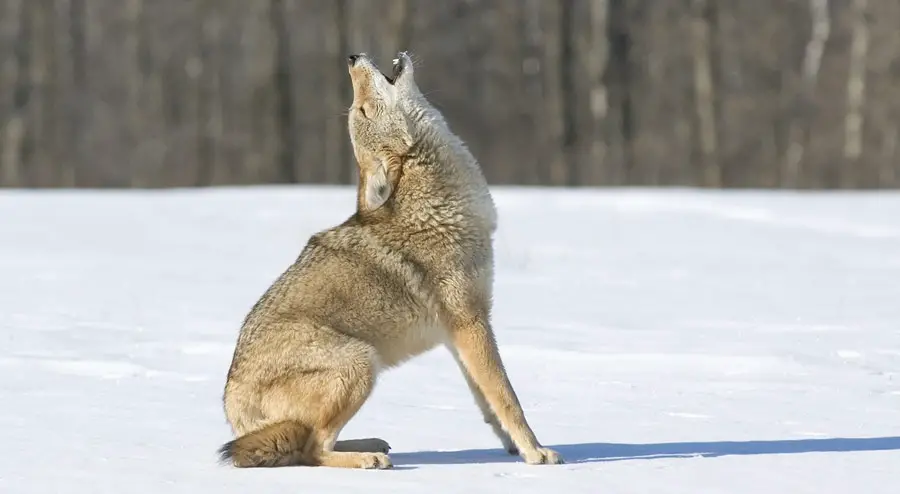
You normally expect to hear a howling sound in the wild. However, today you can even hear it in urban and suburb settings as coyotes venture into these areas more. Especially in the Northeast region of the US. If you aren’t familiar with coyotes and how they communicate, the howling and screams may sound more threatening than they actually are.
Howling is a basic way coyotes communicate. The howl functions in various ways:
- Call the pack back after hunting.
- Let other packs know that the coyote is present.
- To announce its territory.
Not every coyote in the group will howl at all times. The howl is generally produced by the alpha coyote, the head of the pack. The alpha has the loudest howls while others from the pack may join in. The female and beta coyotes have lower tone yips and howls.
Howling for bonding
Howl is actually a way for coyotes to promote bonding within the family. When they howl together, they let everyone else know that they are in charge of a certain territory. Along with the howling, they leave a scent in the territory marking it as their own.
Howling when agitated
When a coyote notices an intruder in their territory, they bark and howl at it. This immediately tells the intruder to leave the territory. The intensity of the howl at the time depends solely on how agitated the coyote and its pack are. The more agitated they get the more intense the howling will be.
Howling for identification
It may be hard for our ears to pick up but each coyote has its own distinct voice. So howling also allows coyotes to tell whether a coyote of their own pack approaches or one from another pack.
Most of us have been taught that coyotes usually only howl when they have a kill. While they do howl when they have a kill to let the others in the pack know, the howl has many other distinct functions that allow coyotes to communicate with one another.